Just some general research on Polygon (MATIC)
Disclaimer: I don't own any Polygon as of writing this.
General
- Ticker: MATIC
- Consensus: POS
- Circulating supply: 6,652,300,637
- Max supply: 10,000,000,000
- Marketcap(as of writing): $8,778,451,000
- Price(as of writing): $1.32
What is Polygon?
Polygon is an Ethereum sidechain, a protocol, and a framework for building and connecting Ethereum-compatible blockchain networks. It aims to make it easier for Ethereum-based applications to work with other blockchain platforms and make distinct blockchains able to easily exchange information and value.
The Polygon platform aims to build “Ethereum’s internet of blockchains’’, the multi-chain ecosystem that allows each developer to launch their custom Ethereum-compatible blockchain in a single click.
The Polygon ecosystem consists of multiple actors including developers, users, block producers and stakers
- Polygon is a second-layer open-source technology that provides developers with the tools for the fast deployment of a stand-alone network or a sidechain. That can strengthen the security of the Ethereum network via smart contracts. It also allows developers to scale their own dApps.
- Users can use the Polygon Sidechain for transactions and interactions with different Ethereum-based decentralized applications, like on any other blockchain, except it is much faster and cheaper.
- Block producers (stakers that satisfy certain criteria) are chosen by the stakers to produce the blocks and settle all transactions on the network. They need to stake a significant sum of MATIC tokens (Polygon coins) in order to qualify and be elected.
Normally, the number of block producers will be relatively low because fewer consensus creators provide higher throughput and faster transaction settlements. For example, the average Ethereum block time is about 20 seconds, while the Polygon sidechain produces a new block every second.
- The Polygon stakers have the same functions as Ethereum Proof-of-Work miners because they need to stake (lock) MATIC network tokens to verify and confirm transactions on the Polygon Sidechain. They can also elect block producers to produce the blocks using their staked tokens as voting power.
Why Polygon?
Ethereum is the second-largest cryptocurrency by market capitalization and the first to develop a smart-contract blockchain. It is also the most popular hub for DeFi development. However, the popularity of Ethereum led to the most hindering ‘Ethereum scaling problem’.
It runs as follows: the current transaction throughput (the number of transactions the network can process simultaneously) of the Ethereum blockchain is limited, and it’s not enough to satisfy the growing user demands. This leads to high fees and severe congestion issues, so the protocol requires urgent scaling.
This scaling process can be achieved in two ways
- Scale the main chain (the ‘layer one’ of the protocol), where projects have to make a compromise and choose only two out of either decentralization, scalability or security. This is the meaning of ‘the scalability trilemma’ described by the Ethereum creator, Vitalik Buterin.
- Use second layer solutions (frameworks, projects, applications, and infrastructure software technologies that operate on top of the already existing blockchain systems and hence facilitate the main chain congestion).
Sidechain is a second-layer technology that allows digital assets of one blockchain to be safely used on another blockchain and then be returned to the original blockchain if necessary. The sidechain is a separate additional blockchain with a two-way bridge to the main chain. This ensures that assets are fungible at a given rate.
This is where the Polygon sidechain appears. It is designed to be a comprehensive framework for launching interoperable blockchains and providing multiple tools to improve the speed and reduce the transaction fees on blockchain networks.
In simple words, Polygon is like an additional highway that diverts traffic from other roads to reduce congestion. Polygon can provide thousands of transactions per second, and that is why MATIC network transaction fees are greatly cheaper than fees on Ethereum.
Polygon History
In October 2017 a team of contributors to several projects associated with Ethereum (Jaynti Kanani, Anurag Arjun, Sandeep Nailwal, and Mihailo Bjelic) launched Matic Network with headquarters in India.
In February 2021 the Matic Network was rebranded into Polygon but retained its MATIC cryptocurrency, the digital coin underpinning the network. Some also call it a Polygon coin.
The team also implemented the first version of Plasma, a framework now used by the Polygon Network to process transactions off-chain before finalizing them on the Ethereum main chain.
How does Polygon Function?
- If someone on the Ethereum blockchain wants to use the Polygon ecosystem, they can lock ERC-20 tokens in a smart contract controlled by the Matic network.
- The block producers of the Polygon network check that coins are in the smart contract and mint a corresponding number of tokens.
- The users get access to the tokens on Polygon and can use them to interact with any dApps built on the Polygon network.
To sum it up, users put their tokens into Polygon’s smart contract and receive a corresponding number of tokens on the Polygon Matic network. If the users want to exit the network Polygon block producers burn their tokens. When the Polygon coins are burned, the Ethereum smart contract releases the users’ Ethereum based tokens and the Polygon-Ethereum transition is complete.
All transactions on the Polygon (Matic) network are secured by the Proof-of-Stake consensus algorithm. Polygon uses block producers responsible for proposing and verifying new blocks.
[link] [comments]

You can get bonuses upto $100 FREE BONUS when you:
💰 Install these recommended apps:
💲 SocialGood - 100% Crypto Back on Everyday Shopping
💲 xPortal - The DeFi For The Next Billion
💲 CryptoTab Browser - Lightweight, fast, and ready to mine!
💰 Register on these recommended exchanges:
🟡 Binance🟡 Bitfinex🟡 Bitmart🟡 Bittrex🟡 Bitget
🟡 CoinEx🟡 Crypto.com🟡 Gate.io🟡 Huobi🟡 Kucoin.



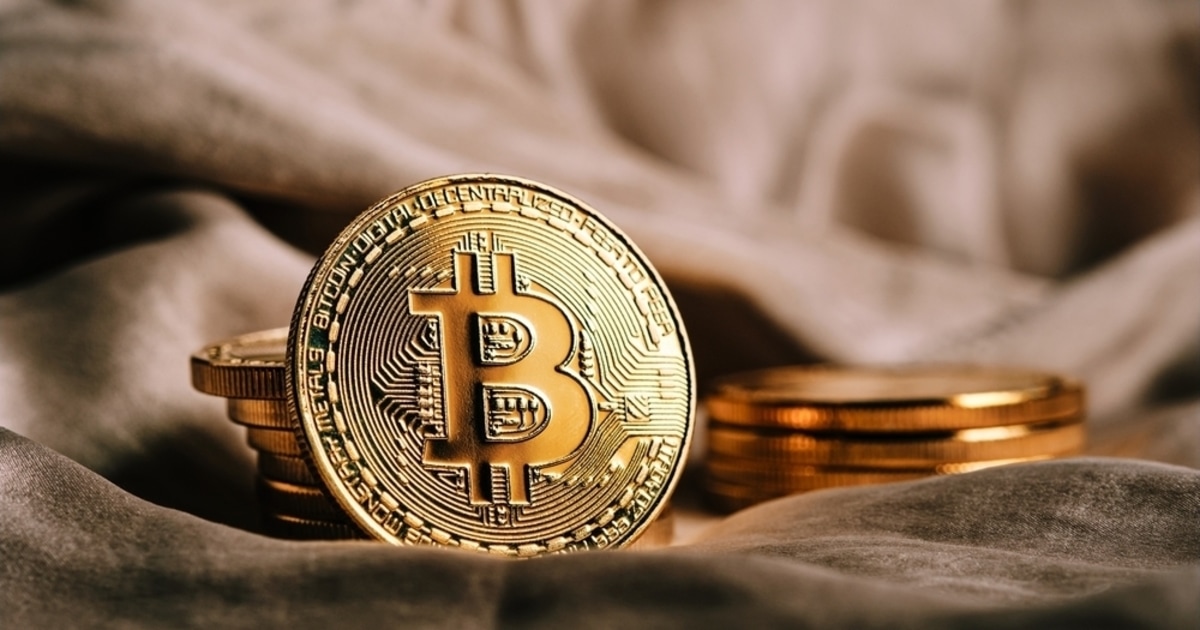
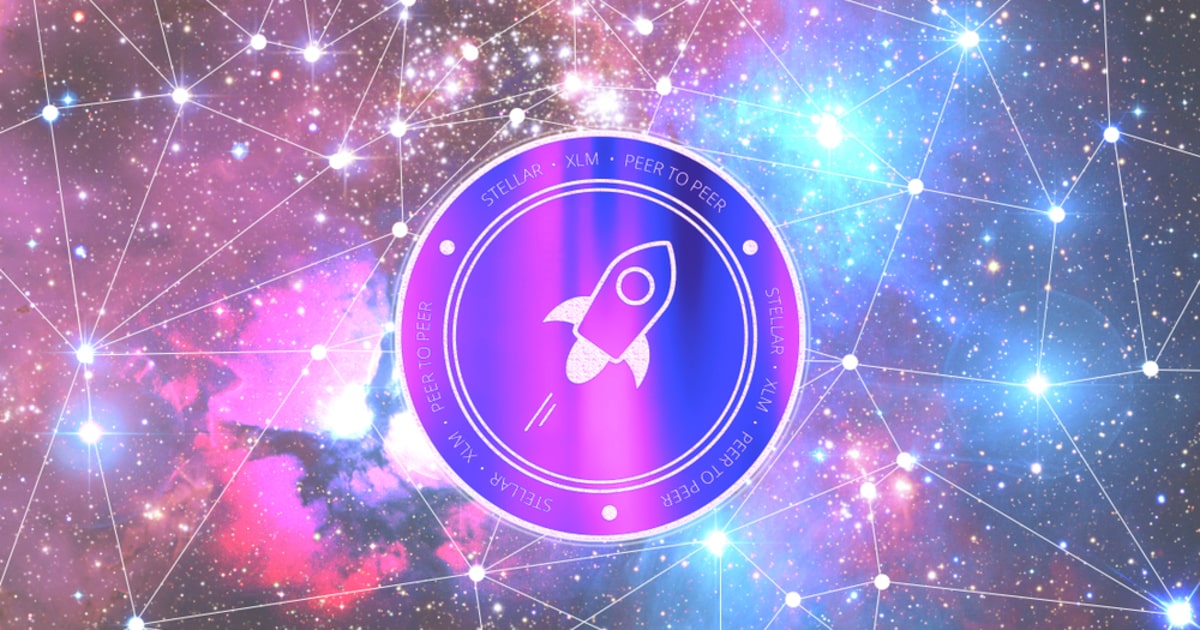


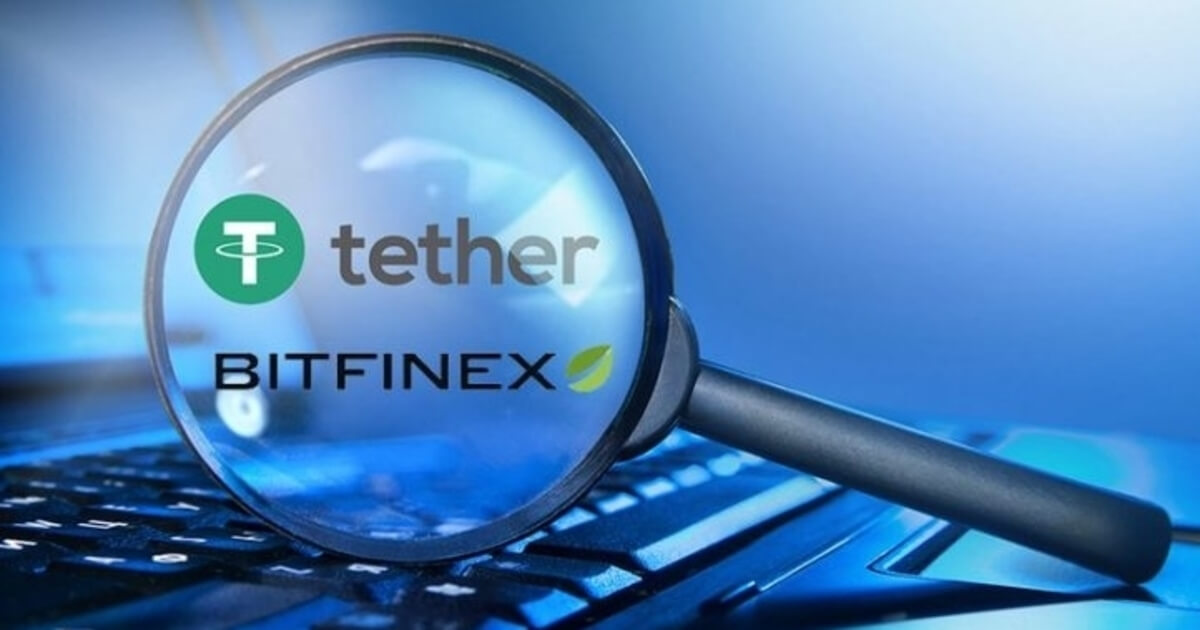
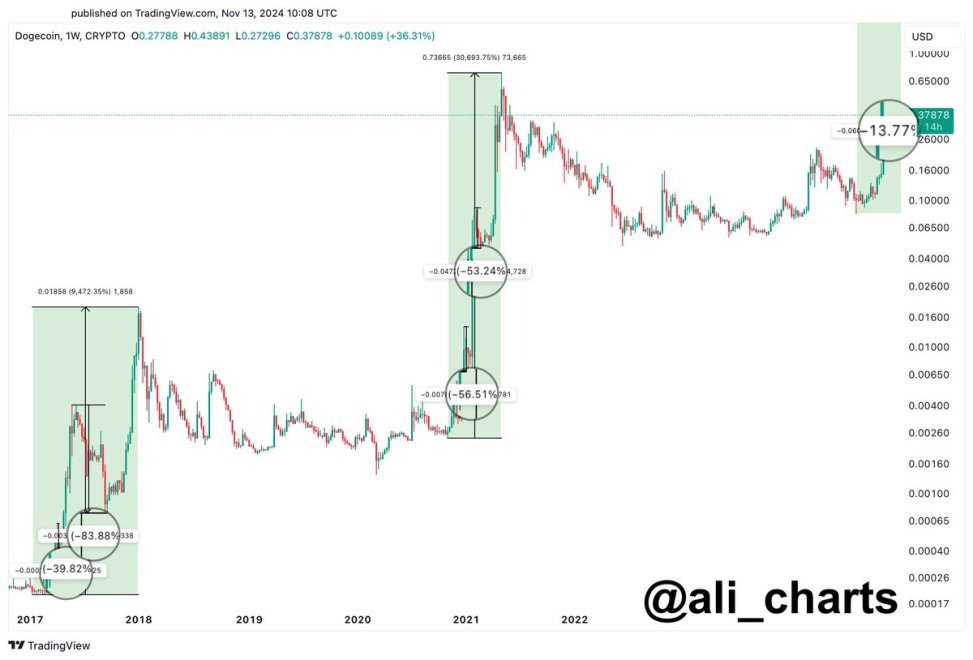
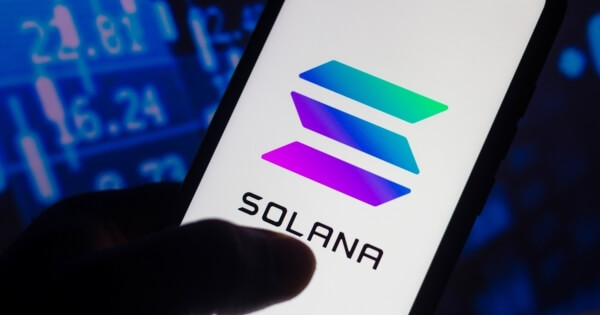
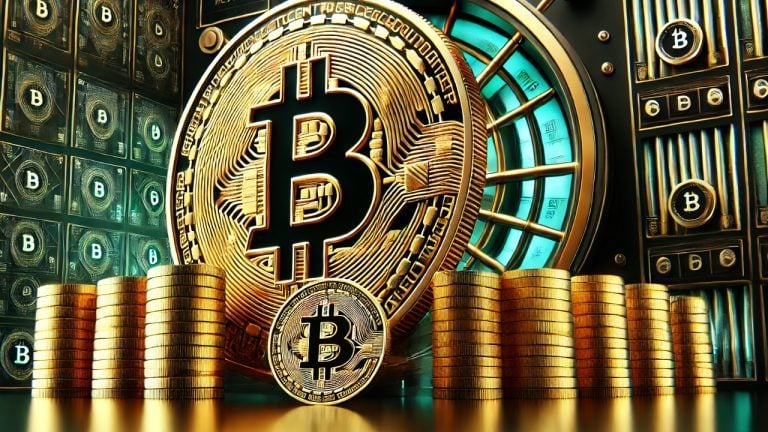
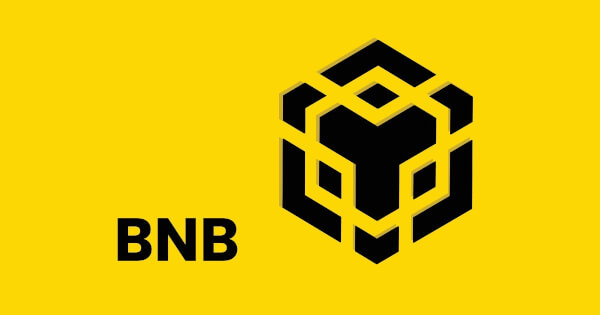

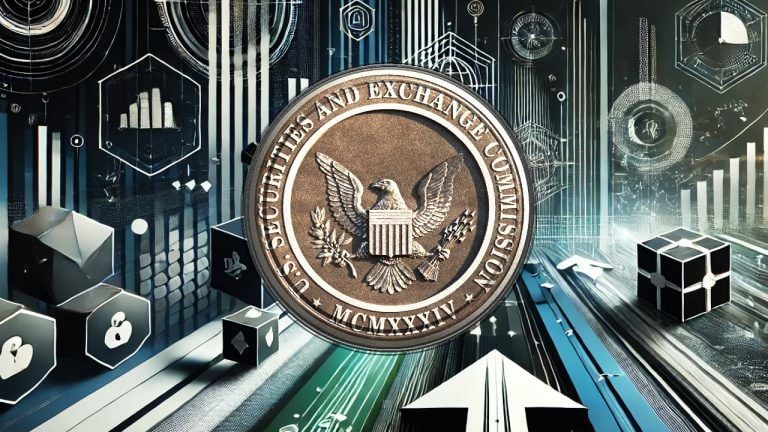

Comments